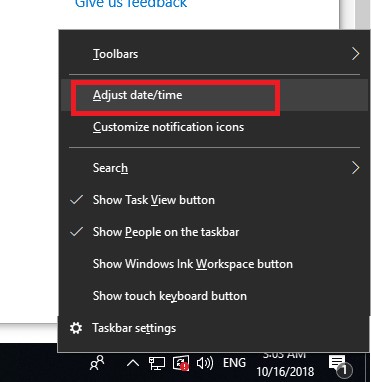

In regards to this, I’ll attempt to test and verify the function to support upcoming Windows 10 version, as they become available. Currently, there’s no PowerShell cmdlet or other method to enable locations services other than touching on some registry values. I’d like to point out though that the method used in the code shown below, has been tested and verified on Windows 10 version 19, however I’d not trust that it’s a method that could be expected to work in upcoming versions of Windows 10, in case Microsoft changes the way the feature works.

So, in order to have it turned on, I had to develop a small function of PowerShell code that enables locations services. One obstacle that I had to deal with to automatically set the time zone based on current positioning data, was that the location services on more recent Windows 10 builds is by default turned off. If you want to dig more into the feature, documentation from Microsoft is available below: Many of your have probably noticed this feature, or even decided not to allow it to be enabled in your organizations for various reasons. Let’s walk through the required setup for accomplishing this.

Using these two features and services, I’ve written a PowerShell script that performs a set of tasks with the sole purpose of setting the correct time zone configuration on a Windows 10 device that’s provisioned using Windows Autopilot. The dynamic method consists of combining the following services:īy retrieving the current positioning data from the built-in location services capability of Windows 10, you’re able to call Azure Maps and essentially determine the correct time zone for the device that’s being provisioned. What we’re going to cover in this blog post, is a method that I’ve developed while working for a customer where the goal was to only utilize services available from a single trusted vendor such as Microsoft, since relying on 3rd-party public services was deemed unreliable for this particular customer. The issue with this method though, is that it’s not really a dynamic solution that’s easy to configure for a multi-national organization that are provisioning devices around the globe with Autopilot. Device/Vendor/MSFT/Policy/Config/TimeLanguageSettings/ConfigureTimeZoneĪ fellow Microsoft MVP, Peter van der Woude, has already covered the topic of setting the time zone using this custom configuration profile, so we won’t go deeper into this method.


 0 kommentar(er)
0 kommentar(er)
